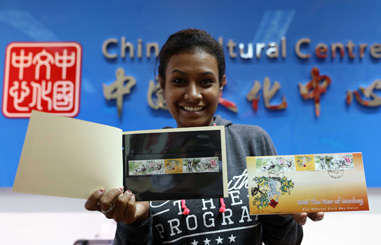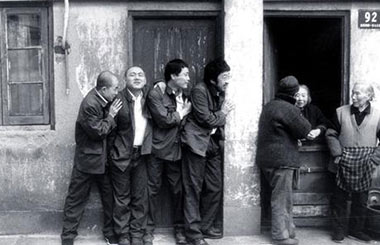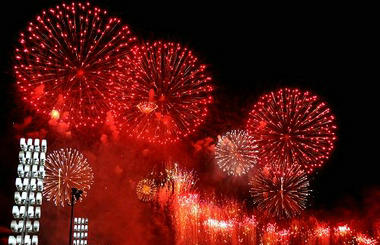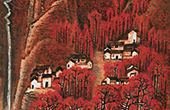 |
|
Xirebu (1st L) and guests attended the opening ceremony of the Thang-ga exhibition in Beijing on October 31, 2012.[Photo/chinadaily.com.cn]
|
 |
| Thang-ga painting |
An exhibition of Thang-ga paintings by painter Xirebu named “Embracing Propitious Omens” will be staged at the China Millennium Monument in Beijing from Oct 31 to Nov 15.
Thang-ga (also known as Tang Ka), included in the National Intangible Cultural Heritage list, is a kind of religious scroll painting which is mounted with colorful satin and hung for the purpose of worship.
Thang-ga is a characteristic painting style in Tibetan culture. Its contents are usually Buddhas in various postures, as well as scenes reflecting Tibetan traditions and customs, covering historical, political, cultural, social aspects.
Thang-ga can be used to denote both painting and weaving or embroidery, according to different textures and making procedure. The former is directly depicted with paint on canvas (cotton material, thin silk, and paper) and the latter is embroidered and weaved, sometimes with gold thread, on silk and satin materials. Some are extremely gorgeous and exquisite with inlaid gems and jade.
The techniques are mainly painting with vibrant colors, and line drawing in ink and brush style. The paint is extracted from natural minerals. The colors are bright and beautiful, and rarely fade.





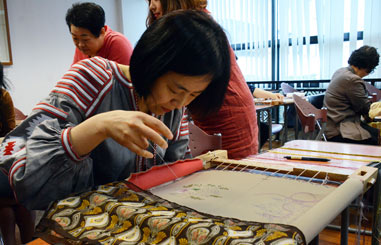
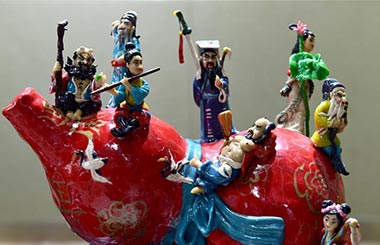
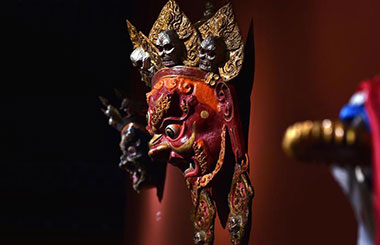

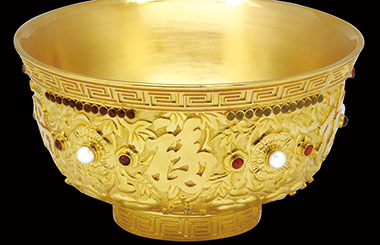
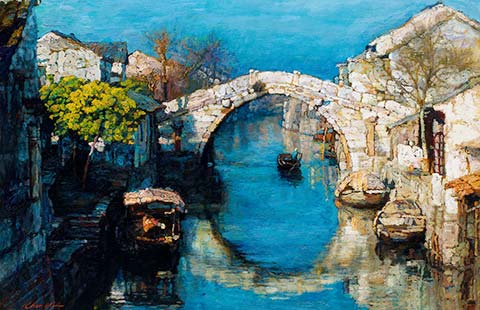

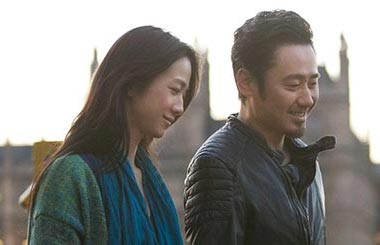
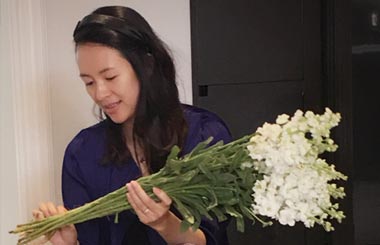


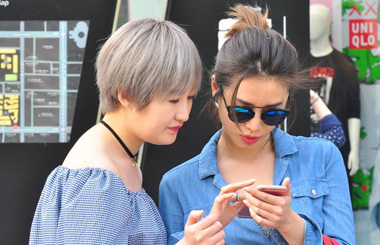


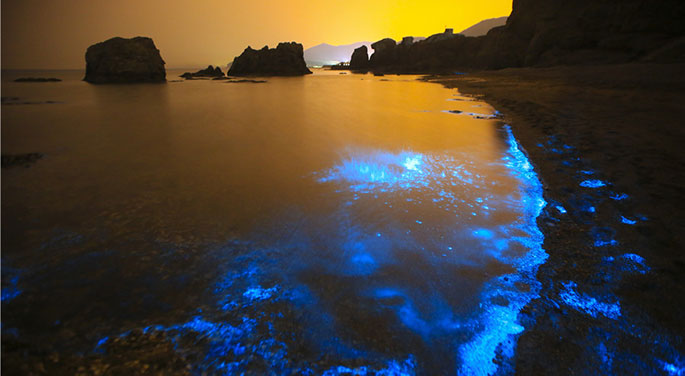
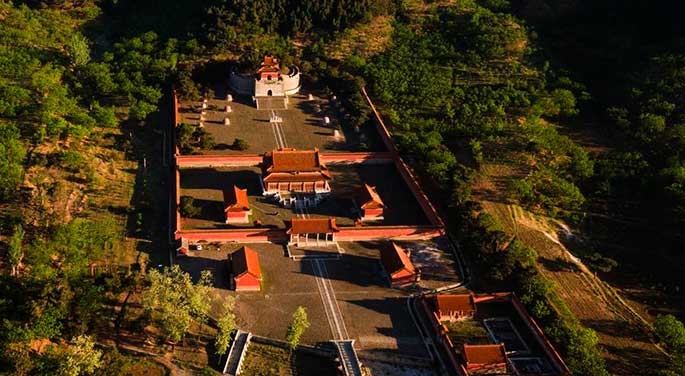


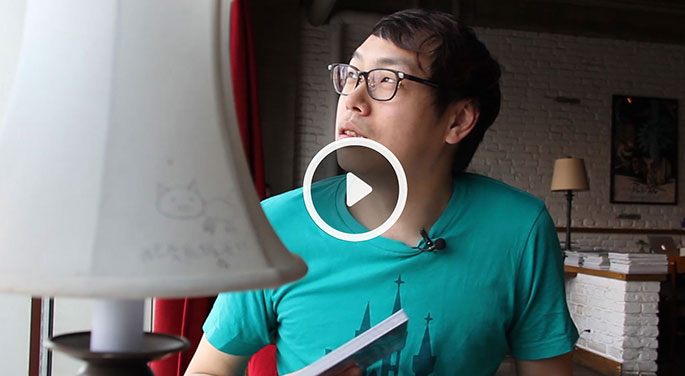
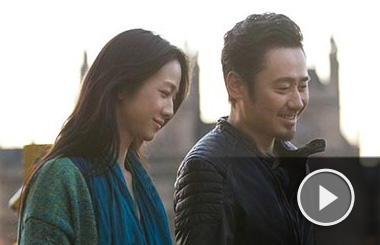

 Raymond Zhou:
Raymond Zhou: Pauline D Loh:
Pauline D Loh: Hot Pot
Hot Pot Eco China
Eco China China Dream
China Dream China Face
China Face

